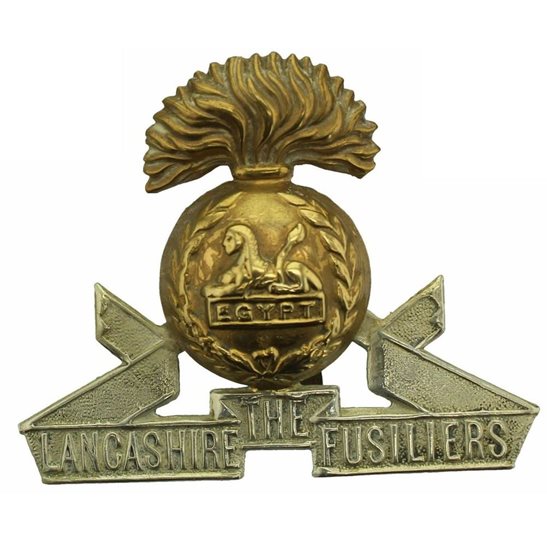Personal Details
Born: Alfred was born Quarter 4 1882, Whitchurch, Shropshire and baptised 6 November 1882 at St. Alkmund`s Parish Church, Whitchurch.
Family: He was the first of six children born to John Dodd, a bricklayer, and his wife Anne. No marriage can be found for him.
Residence: From the time of his birth in 1882 until the 1911 Census his address was 6 Barlow`s Yard, Whitchurch, Shropshire. However the 1919 Absent Voters list had him living at 6 Welch`s Yard.
Employment: In 1901 he was a general labourer, but ten years later his occupation was bricklayer. There is an Alfred Dodd, Whitchurch, registered as a member of the Operative Bricklayers’ Society (British Trade Union membership registers – 1917-18 )
Died: Quarter 1 1936, Whitchurch, Shropshire, aged 54.
Military Details
Regiment: Lancashire Fusiliers
Rank: Private
Service Number: 48859 (previously 235716)
Date of Enlistment: 12 February 1917
Date of Discharge: 15 March 1919
Reason for Discharge: Transfer to reserve
Alfred was awarded the Campaign Medals (British War Medal, and Victory Medal).

The British War Medal (also known as 'Squeak') was a silver or bronze medal awarded to officers and men of the British and Imperial Forces who either entered a theatre of war or entered service overseas between 5th August 1914 and 11th November 1918 inclusive. This was later extended to services in Russia, Siberia and some other areas in 1919 and 1920. Approximately 6.5 million British War Medals were issued. Approximately 6.4 million of these were the silver versions of this medal. Around 110,000 of a bronze version were issued mainly to Chinese, Maltese and Indian Labour Corps. The front (obv or obverse) of the medal depicts the head of George V. The recipient's service number, rank, name and unit was impressed on the rim.
The Allied Victory Medal (also known as 'Wilfred') was issued by each of the allies. It was decided that each of the allies should each issue their own bronze victory medal with a similar design, similar equivalent wording and identical ribbon. The British medal was designed by W. McMillan. The front depicts a winged classical figure representing victory. Approximately 5.7 million victory medals were issued. Interestingly, eligibility for this medal was more restrictive and not everyone who received the British War Medal ('Squeak') also received the Victory Medal ('Wilfred'). However, in general, all recipients of 'Wilfred' also received 'Squeak' and all recipients of The 1914 Star or The 1914/1915 Star (also known as 'Pip') also received both 'Squeak' and 'Wilfred'. The recipient's service number, rank, name and unit was impressed on the rim.

